They might be parked a little more precisely than an auto wrecking yard, but that doesn’t mean they will ever fly again. Decommissioned aircraft have been declared so, because they have reached the end of their safe flying days.
While most of us might be fine riding in rusty old cars, few of us would climb into a rusty old aircraft. The military obviously has the same concerns, so aside from the occasional heritage restoration project, old aircraft are grounded.
The alloys used to make aircraft aluminum strong renders it impossible to recycle in the same manner as cans or other aluminum products. Without a commercially viable repurposing process, aviation aluminum has been overlooked until very recently.
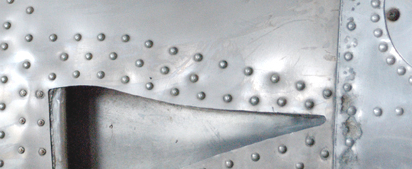 |
|
© Bio-Luminum
|
CoveringsETC is a Florida manufacturer that has been fabricating flooring, wall coverings and counters from various post-consumer and post-industrial waste products such as glass, concrete, cellulose fibre and porcelain dust. They have now added aluminum from old planes to their list of raw materials.
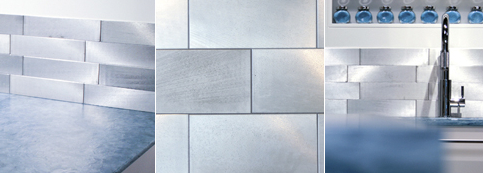 |
|
© Bio-Luminum
|
CoveringsETC is now able to melt the reclaimed aluminum into blocks which are then sliced into tiles much like the way a quarry would slice stone. This procedure produces a very distinct, almost industrial aesthetic to the aluminum tiles.
Arizona hosts the biggest aircraft graveyard in the world, dating back to 1946 and known as ‘The Boneyard’. This is the final resting place for 4000 aircraft including WWII bombers, fighter jets, helicopters and airliners. And there are literally thousands of sites just like it all around the world.
It’s always encouraging to see waste products find new uses, especially the ones that have been simply stock piled for decades having no commercial value.























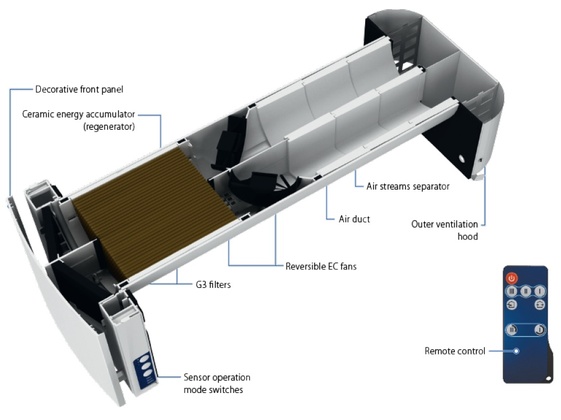

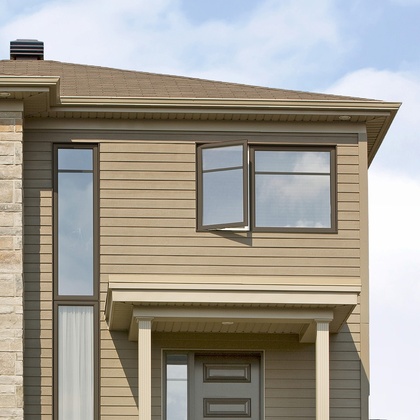




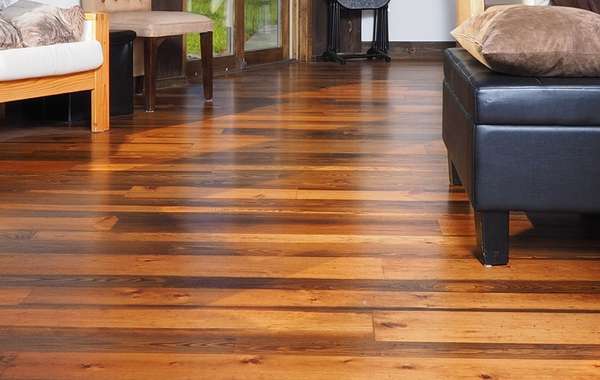



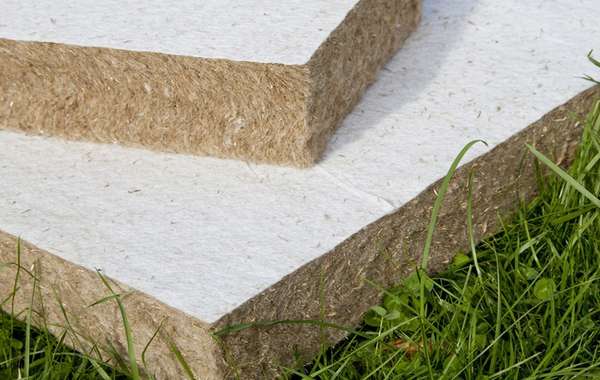


Comments (0)
Sign Up to Comment